Hearing Aids Types
With several thousand hearing aids available, making the right choice can quickly become overwhelming. At Auzen, we have your back (and your ears!).
Here is a simple guide to understanding the pros and cons of each hearing aid style and type.Ultimately, the decision to select a hearing aid should be made in consultation with your hearing care professional after a thorough hearing evaluation and discussing your specific requirements.
Don’t hesitate to ask our certified audiologists. Book a free consultation
Receiver-in-canal (RIC) Hearing Aids
Examples:
Slim RIC Hearing Aids by Signia
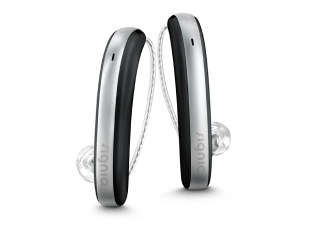
RIC Hearing Aids by GN ReSound
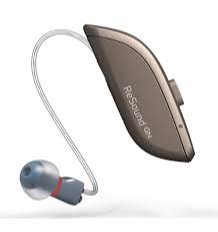
Definition and description of RIC hearing aids (RIC & Slim RIC)
Receiver-in-Canal hearing aids are similar to Behind-the-Ear hearing aids in which they are worn behind the ear. The difference is that in RIC hearing aids, the speaker or receiver sits inside the ear canal. They can hold more processors, which makes them better for severe hearing loss. They are beneficial for people with high-frequency sensorineural hearing loss. Many brands carry a slimmer version of RIC, called Slim RIC, for users concerned about the size of the hearing aid.
Advantages and disadvantages of RIC hearing aids

Advantages:
Rechargeable and disposable battery options
Widely popular
Excellent sound quality
Externally controlled

Disadvantages:
Handling might be tricky
Not the best option for severe hearing loss
Requires cleaning
Interested in RIC or SLIM RIC hearing aids?

Behind-the-ear (BTE) Hearing Aids
Examples:
BTE Hearing Aids by Oticon
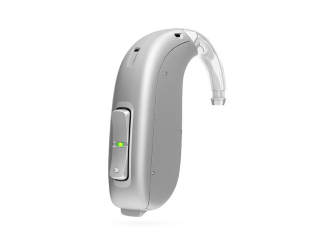
Definition and description of BTE hearing aids
Behind-the-Ear (BTE) hearing aids, as their name suggests, consist of two components: a main plastic unit containing all electronic parts of the hearing device placed behind the ear. A mould or dome receives the sound from the main unit via a tube that connects with the BTE part.The mould is usually made from resin and custom fits the ear canal without completely blocking it. Alternatively, the user can choose to use a soft silicone dome.
Advantages and disadvantages of BTE hearing aids

Advantages:
Easy to maintain
Comfortable to wear
More affordable
No direct contact with the ear canal

Disadvantages:
Less discreet
Not suitable for all types of hearing loss
Wind and outdoor noises

In-the-ear (ITE) Hearing Aids
Examples:
ITE hearing aids by Phonak
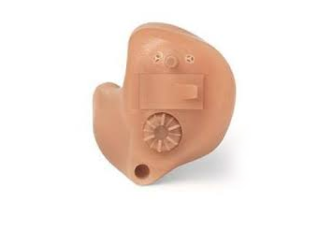
Definition and description of ITE hearing aids
These hearing aids contain the entire mechanism in a single piece that goes inside the ear. ITE hearing aids sit in the outer bowl of the ear instead of inside the canal. These models are typically smaller than BTEs, with smaller batteries, sound processors, and electronic components. ITE hearing aids are usually custom-made for the unique ear shape of the patient. This customisation aims to maximise comfort so the hearing device sits easily inside the patient’s ear. There is also the option of a generic shell, a one-size-fits-all, but although cheaper, it won’t fit and work as well as a bespoke earpiece. These hearing aids can work for mild to severe hearing loss, although it brings more support for severe hearing loss.
Advantages and disadvantages of ITE hearing aids

Advantages:
Smaller and more discreet
More comfortable
Better amplification
Supports severe hearing loss

Disadvantages:
Require daily cleaning
More maintenance and repairs
They are way more expensive

In-the-canal (ITC) Hearing Aids
Examples:
ITC Hearing Aids by Starkey
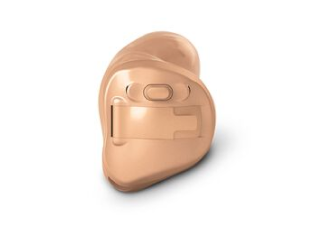
Definition and description of ITC hearing aids
In-the-canal hearing aids are placed inside the ear canal, providing a discreet way to improve the user’s hearing. They are moulded to fit the patient’s ear, mostly invisible, with only a small portion showing in the outer ear.
Advantages and disadvantages of ITC hearing aids

Advantages:
Discreet
Easy to pair with a phone
Captures sound more naturally

Disadvantages:
Not suitable for all types of hearing loss
Not suitable for patients prone to ear infections
May be difficult to clean
Difficult to handle for people with dexterity issues

Completely-in-canal (CIC) Hearing Aids
Examples:
Signia Silk Charge&Go IX
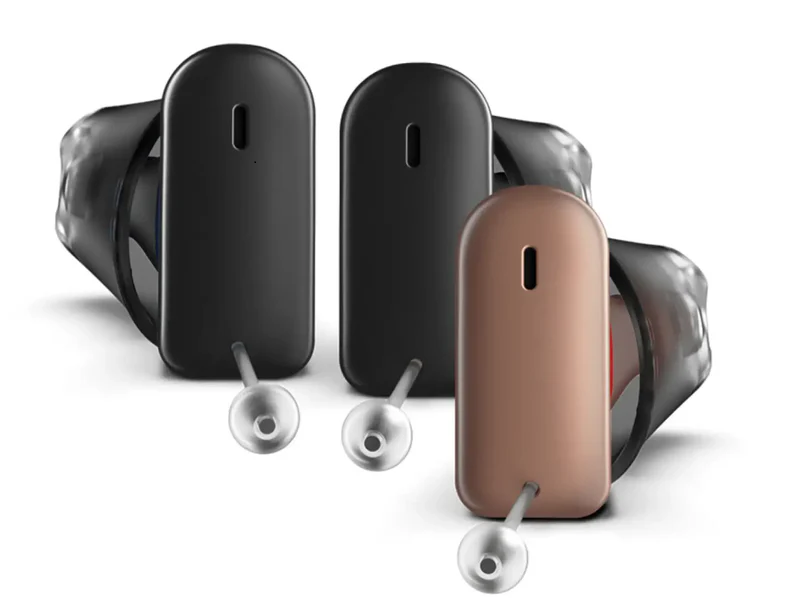
Definition and description of CIC hearing aids
Completely-in-canal hearing aids sit completely inside the ear canal, practically invisible to the outside world. These devices are naturally very small and made from a mould taken from the patient’s ear canal, which makes them custom fit and very comfortable. One of the characteristics of CIC hearing aids is that they allow the outer ear to conduct the sound towards the ear canal as it happens naturally. As such, many users find improved directionality detection.
Advantages and disadvantages of CIC hearing aid

Advantages:
Not visible
Directionality
Externally controlled
Suitable for an active lifestyle

Disadvantages:
Limited functions and power
Low battery life
Daily cleaning

Over-the-Counter (OTC) Hearing Aids
Examples:
OTC by Eargo
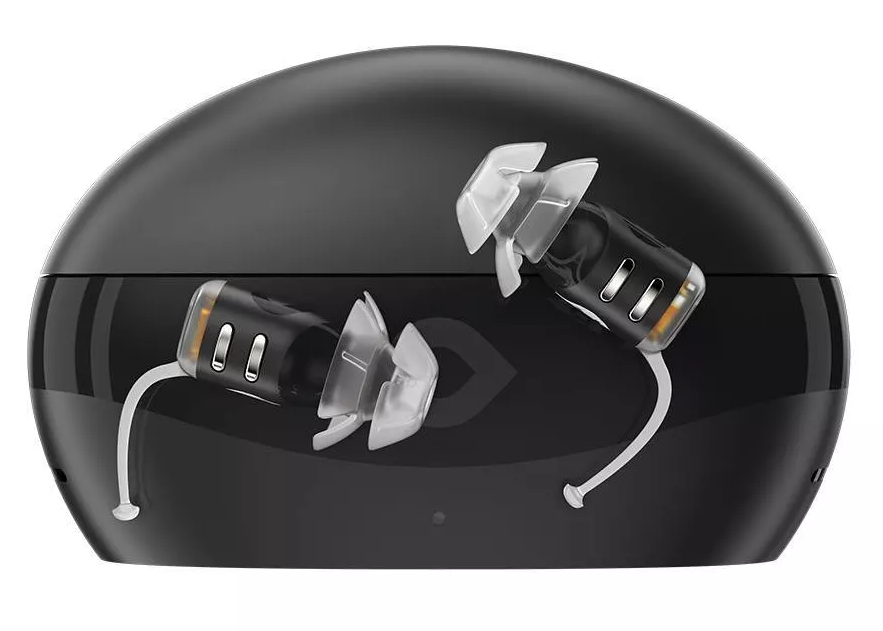
Definition and description of over-the-counter hearing aids
Over-the-counter hearing aids are sold directly to consumers in pharmacies, stores or online without needing a prescription. OTC hearing aids offer users a less expensive alternative without seeing an audiologist.
Advantages and disadvantages of OTC hearing aid

Advantages:
Inexpensive
Available
Convenient

Disadvantages:
One-size-fits-all
Only for very mild hearing loss
You may still need to see an ENT or audiologist

